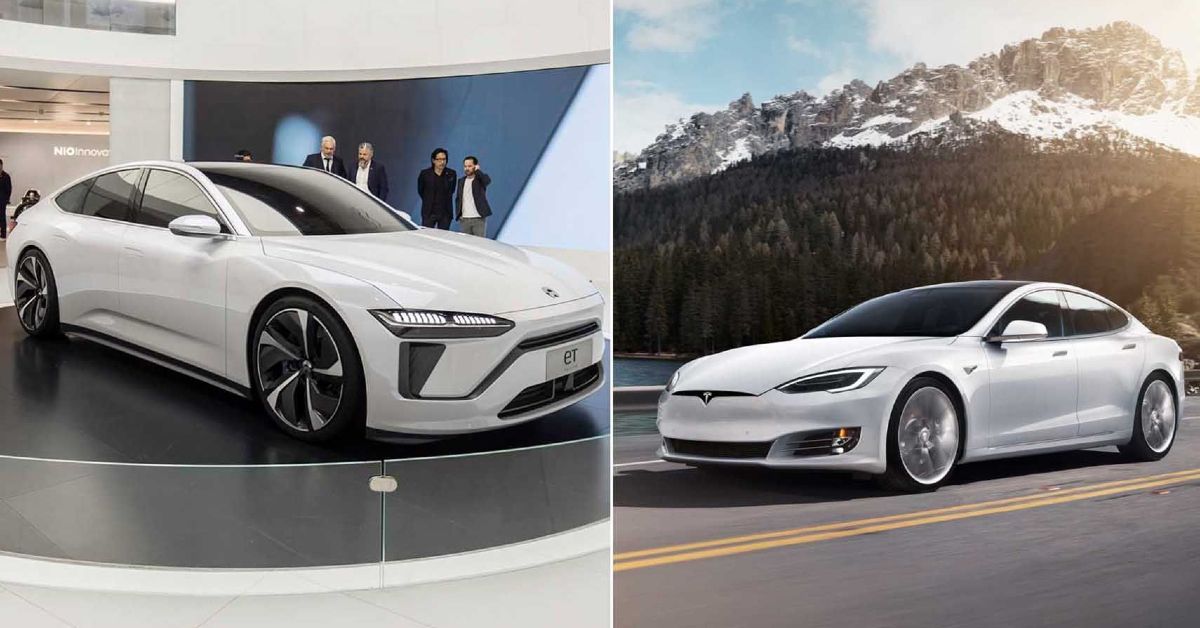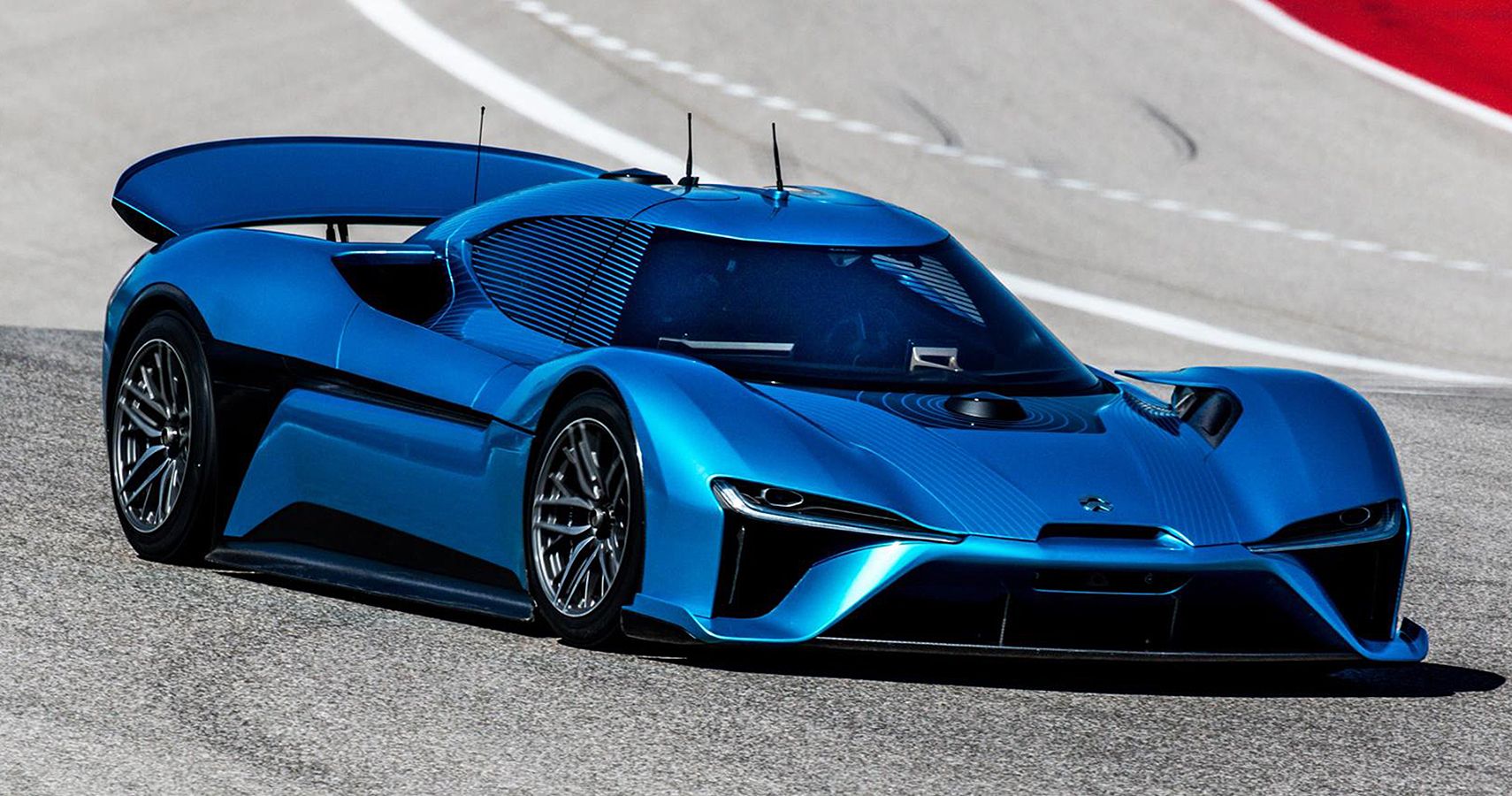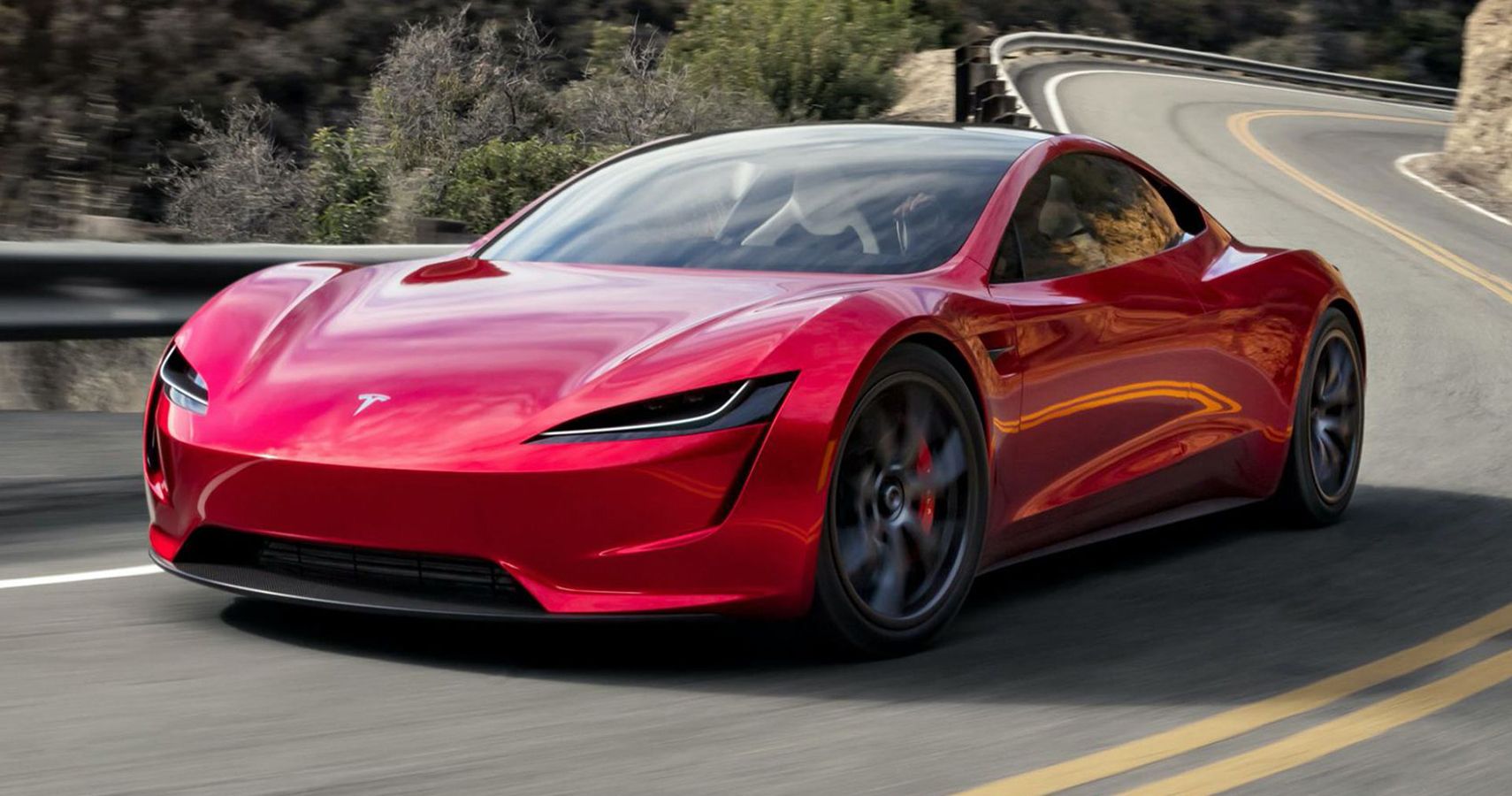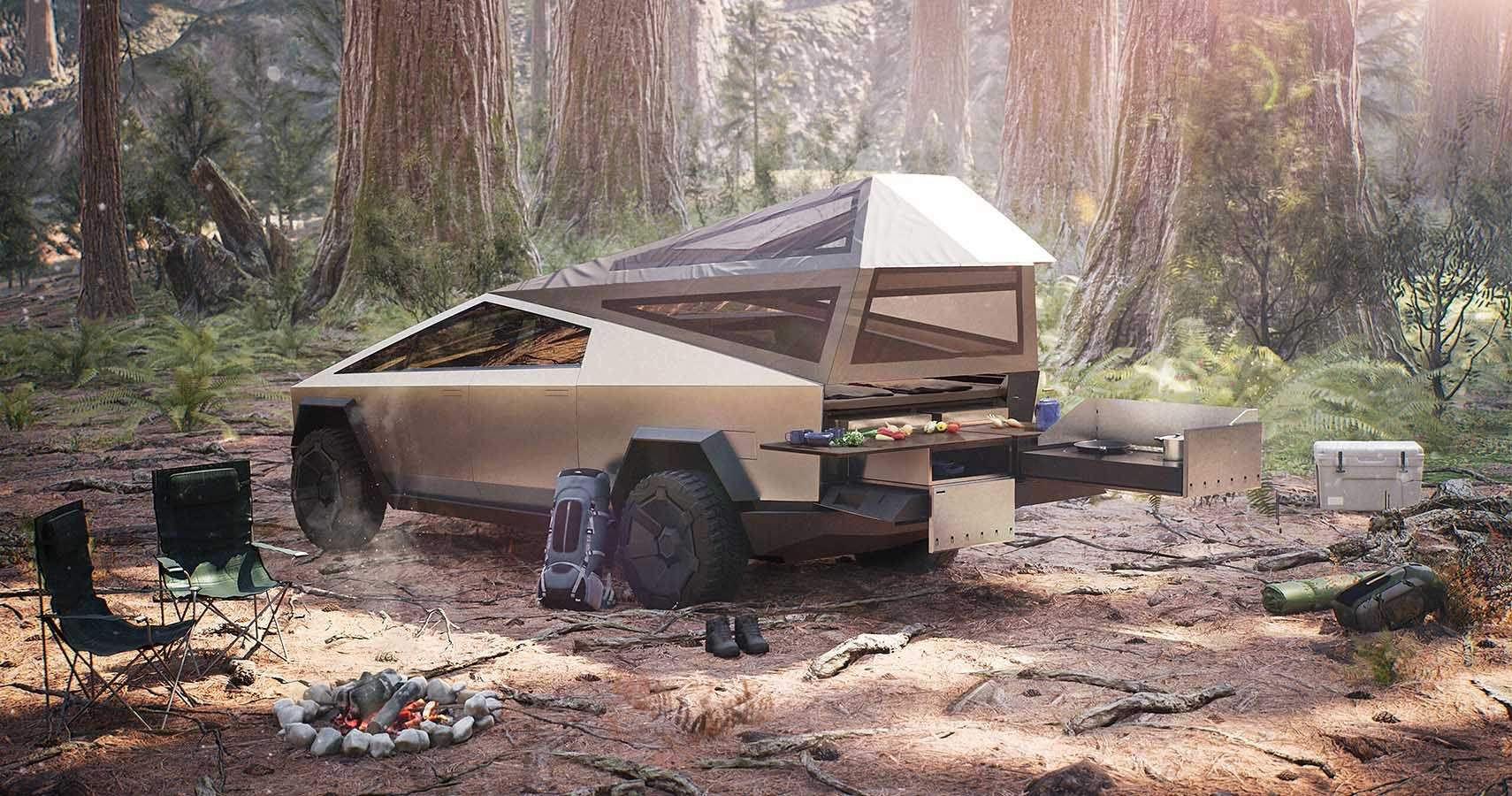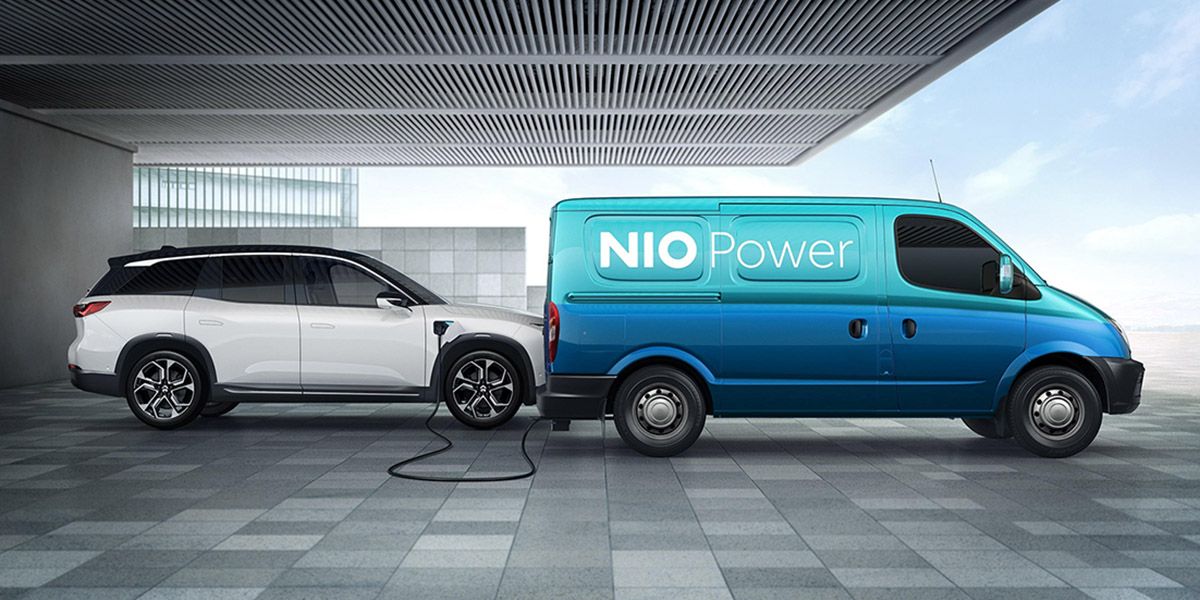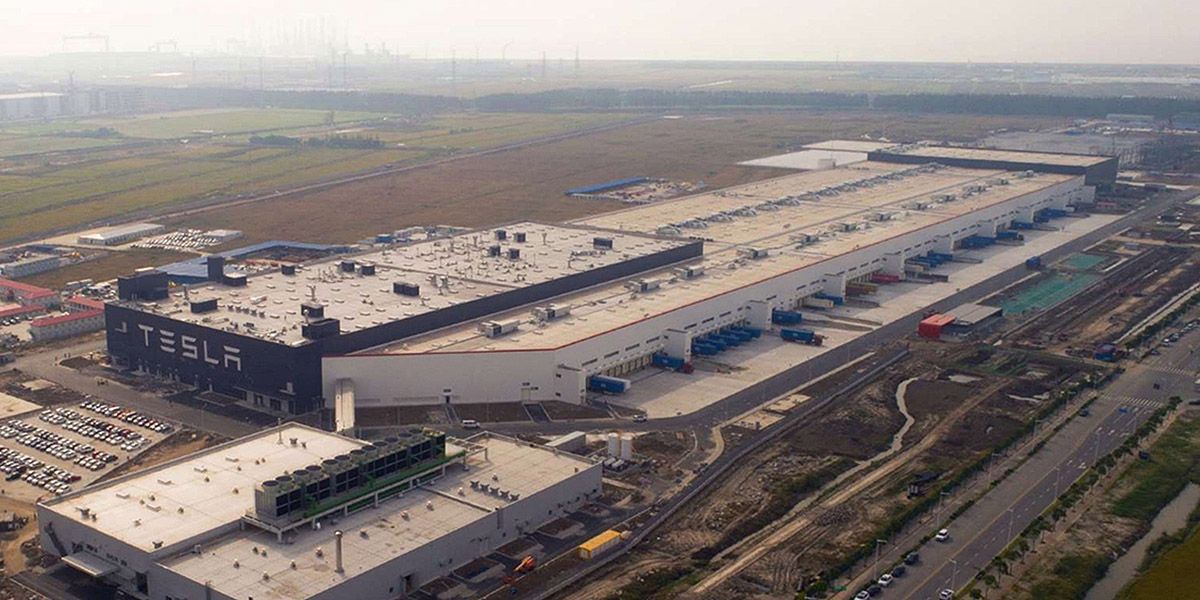For those of you who didn’t know it, NIO is China’s version of Tesla, never mind the Tesla factory in China. But there is a major difference in how NIO and Tesla do things.
Tesla is run, majorly, by the flamboyant Elon Musk, who has varied interests in space as well as actresses and making as many children as possible, considering he just had his sixth child (technically seventh, as his firstborn passed away). NIO is run by William Li and has investments from many Chinese companies, including Lenovo, and the Chinese government.
While NIO wants to make it big in the US, Tesla has Chinese ambitions, though in the current cold war and political blustering between the US and China because of the Coronavirus spread, things seem to be in flux right now.
For now, here’s what we do know about these two companies, and how they do things, differently.
5 Price Variations: NIO's SUV Is Cheaper But The Coupe Is Dearer
NIO was launched in 2014 and it currently has three models, with the fourth one supposed to be out 2020 end. Unlike Tesla's 'SEXY' quartet, NIO has not named its models attractively for they involve just numbers and alphabets.
One of the major "clashes" between Tesla and NIO comes with the SUV models. For NIO, the ES8 is a full-size SUV launched in 2018. For Tesla, its the Model X, the mid-size SUV with falcon-wing doors, with prices starting at $79,000. In China though, the ES8 is priced at nearly half of the Tesla Model X, the former being priced at 448,000 yuan ($67,783) in the as opposed to the rather exorbitant price of the Model X at 836,000 yuan.
Another major price difference is between the coupes from both the companies. The EP9 is the oldest model from NIO and was launched in 2016, and its a two-door sports coupe. Each EP9 costs $1.2 million to make so prices are likely to be astronomical.
On the other hand, Tesla is revisiting the Roadster in 2020, and prices begin at $200,000. The Tesla Roadster is what kickstarted Tesla back in 2008, so having it come back in its most powerful avatar ever is key for Tesla fans.
While the Roadster is the most advanced of Tesla in technology, range, and speed; the NIO EP9 broke speed records at Nürburgring and is a self-driving electric supercar. Only, for now, it's all on paper and in China.
4 Model Lineup: NIO Needs To Add Variation To Its Lineup
Nio's other model is the ES6, a midsize SUV that costs approximately $52,000. The next car in the offing by NIO is the EC6, and it's supposed to roll out by the end of 2020, with prices still under wraps. It's another midsize SUV so might come cheaper than the ES6.
Tesla, meanwhile, has had a lot more time. It was founded in 2003 and the first car to come from its stable was the Model S in 2012, an executive saloon that starts at about $74,000. In 2016, Tesla launched the Model 3, a way more affordable sedan that starts at about $38,000 and then, to complete the "SEXY" quartet, Tesla introduced the Model Y, a compact SUV with the base price at $52,000.
For Tesla, next in line is the Tesla Cybertruck that was announced in 2019 and will be priced at $39,000 base.
3 International Expansion: NIO's US Plans Are On Hold
While NIO is aiming to be in the US, for now, no concrete plans have been shared with the media, with Coronavirus having put a major spanner in the works. Within China, NIO delivered a little over 20,000 cars in 2019 and this made for an 81% increase in sales annually.
Tesla has entered the international market, including China, and sold some 368,000 cars in 2019 alone. However, in 2020, sales are expected to slow down because of the worldwide economic spiral-down for both the companies, though Tesla may be able to bear the losses or the slowdown a lot better.
2 Battery Charging: NIO Succeeded With Battery Swap
Tesla had once planned power-swap stations, but it has since then abandoned the idea in favor of fast-charging stations. While Tesla stuck to its Supercharger fast-charging network, NIO unveiled the Power Swap battery-swapping system in 2017. So NIO car users get a fully-charged battery in three minutes, absolutely free.
This is a record that no Tesla has yet been able to break. And as of May 2020, NIO has 131 of these battery-swapping stations spread across 58 cities in China, so that's something that may be giving Tesla's Chinese operations sleepless nights.
Range-wise, the Tesla Model S Long-Range trim can go 400 miles, while the Roadster promises 620 miles. The Nio ES8 promises 311 miles while the EP9 supercar is ranked 427 miles on a single charge.
1 The Factory Setup: NIO Does Not Actually 'Make Cars'
The two companies work separately, on very different modules. Tesla not only makes its cars itself, but it also boasts the best batteries. And among foreign companies in China, it has the distinction of having its factory on Chinese soil.
NIO, on the other hand, does not make cars. It makes electric drivetrains and has outsourced actual car production to another company, Anhui Jianghuai Automobile Group Corp, or JAC Motors. So the ballgame is a whole lot different. Tesla has complete control over manufacturing but NIO is mostly outsourced. And this is something that landed the Fisker Karma and Henrik Fisker in trouble.
Does it make one of them better than the other? Well, maybe. Not to say that a new company like NIO cannot make for a great car, because it can. But in the long run, Tesla seems like a safer bet for now, especially for Americans, in an increasingly destabilized world economy, with a new kind of cold war on the horizon.
Sources: Forbes, Topspeed, TheVerge, Nio, Tesla Inc

